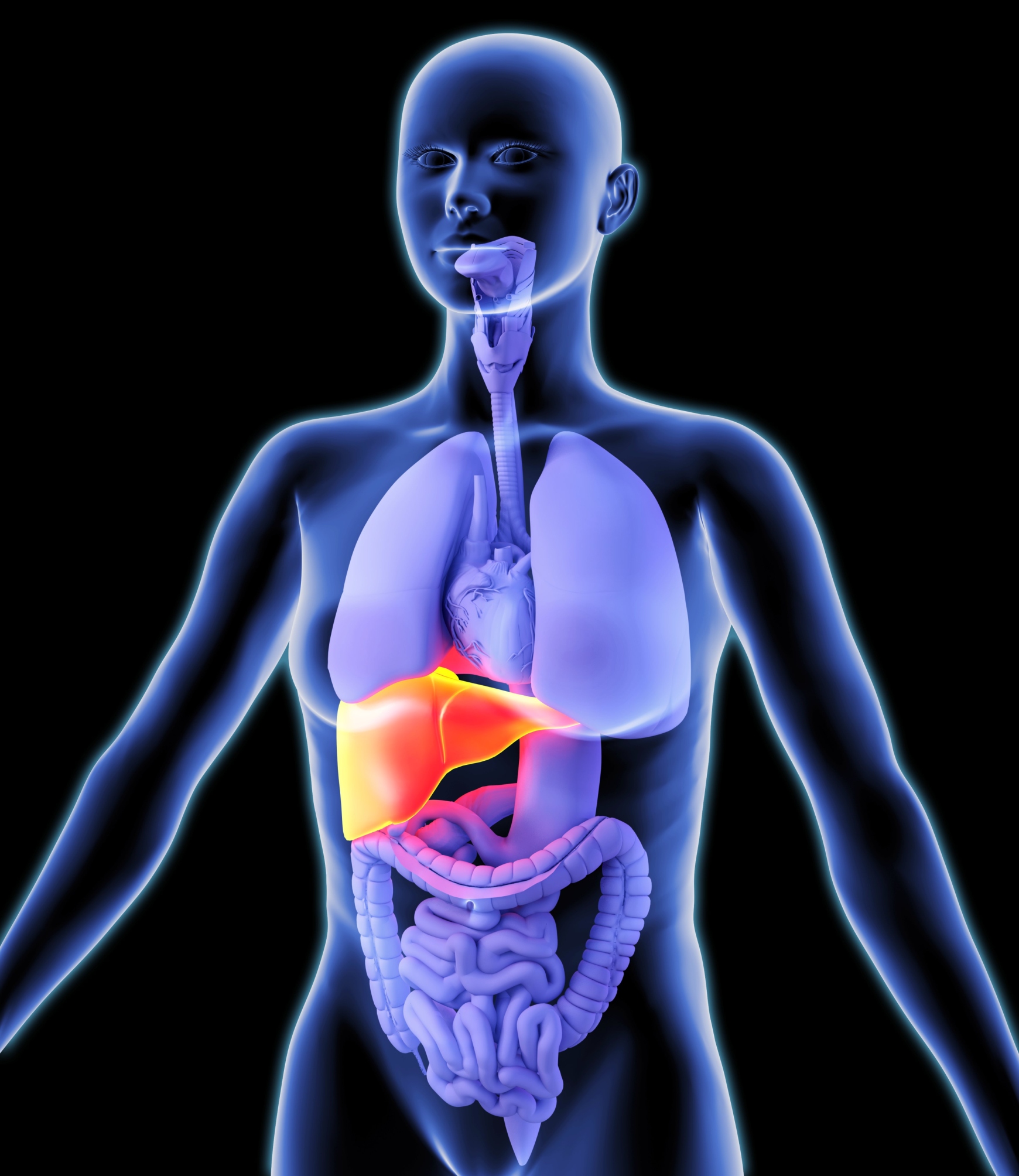Liver diseases, particularly those associated with alcohol consumption, pose significant challenges to public health worldwide. Identifying these conditions at an early stage can be crucial for effective management and prevention of disease progression. In the pursuit of more accurate diagnostic tools, researchers have studied Keratin 18 (K18), a protein with the potential to change our approach to alcohol-associated liver disease (ALD) diagnosis and prognosis. A recent study led by Dr. Maccioni (2023) and his team sheds light on K18’s role as a promising biomarker for early-stage ALD, offering new insights into disease detection, progression, and potential therapeutic interventions. This is further highlighted by an excellent overview of K18 in ALD in Dr. McClain and his colleagues’ Editorial published in Alcohol: Clinical & Experimental Research.
K18, a critical component of epithelial cells particularly in the liver, plays a pivotal role in keeping the structural integriry and safeguarding hepatocytes from apoptosis (programmed cell death) and necrosis. Extracellular K18 is a marker for epithelial cell death, and serum levels can be significantly elevated following hepatocyte death. K18’s levels increase in response to hepatocyte death, making it a potent indicator of the underlying liver damage. During cell death, loss of cell membrane integrity results in the release of intracellular proteins, including K18, into the extracellular compartment. The caspase cleaved form of K18 (ccK18) is a biomarker for apoptosis which can be detected in serum by the M30 Apoptosense® ELISA . The M65® ELISAs detects both caspase-cleaved and uncleaved K18. Thus, measurement of K18 by the M65® ELISAs can both quantify hepatocyte death and can differentiate necrosis from apoptosis. Several groups have used M65® as both a diagnostic and prognostic biomarker in severe alcohol-associated hepatitis (AH) (Vatsalya et al., 2020, Bissonnette et al., 2017, Woolbright et al., 2017, Atkinson et al., 2020). Importantly, K18 more accurately measures the magnitude of cell death in alcohol-associated liver disease (ALD) than the regularly used AST and ALT levels.
In this study, Maccioni and his team explored the potential of M65® as a diagnostic biomarker for early ALD cases. By assessing patients in a rehabilitation program, the study found that “K18-M65 separated minimal liver disease from early ALD (AUROC=0.8704; p<0.0001) with an optimal cut-off at 265.9 U/I”. This discovery would potentially offer a reliable method for identifying ALD at its nascent stages, when intervention is most effective.
Traditional markers like AST and ALT levels, while informative, may fall short in accurately characterizing the extent of liver damage in ALD. Maciconi et al‘s study emphasizes that “K18 more accurately measures the magnitude of cell death in ALD than the regularly used AST and ALT levels”. This heightened accuracy offers a profound advantage in disease assessment and prognostication, enabling medical practitioners to tailor treatment plans more precisely.
The study also touches on an intriguing aspect; patients falling into the “grey zone.” Some individuals with alcohol use disorder (AUD) exhibited K18 levels in the grey zone, indicating possible impending severe AH also shown in earlier trials (Bissonnette et al., 2017). This finding highlights M65®‘s potential to identify patients who might otherwise be overlooked by conventional markers, ensuring that those at risk receive timely intervention.
The Maccioni et al. study could show that M65® allows detection of early forms of ALD, as well as distinguishing early ALD from the minimal forms of liver disease with a high accuracy (AUROC=0.8704). They also saw that M65® is an independent predictor of more severe forms of ALD, confirming earlier studies that have been done using the biomarker. The authors conclude that the M65® assay can be helpful in in- and out-patient units for:
– Ruling out significant liver damage
– Picking up at risk patients that present with low transaminase levels but already have significant liver damage and/or even liver fibrosis
– A higher clinical diagnostic accuracy and certainty in patients with borderline transaminase values and/or liver stiffness values close to the lower limit of the significant fibrosis cut-off
– A clinical indicator of success in treatment with regard to alleviation of liver damage
As research on K18’s diagnostic capabilities deepens, exciting prospects emerge. The study’s robust findings underscore K18’s potential as a diagnostic tool across diverse populations. I would like to end this post by quoting directly from McClain and his colleagues’ Editorial:
“The authors make a strong case for using K18-M65 for detecting early and more aggressive ALD in patients such as those admitted to alcohol treatment programs. Research teams around the world are using terms such as early ALD, mild ALD, “walking ASH”, non-severe ALD, and others to define patient populations with early but clinically relevant ALD. Using tests such as K18, it is becoming clear that there are many of these patients hiding in plain sight. We, as hepatologists, are increasingly teaming up with AUD treatment teams to treat our patients with more severe ALD. In a similar vein, addiction specialists and primary care physicians need to know when to refer patients with AUD to hepatologists. The K18 may be an excellent biomarker for assisting in the decision making. The K18 is not yet FDA approved but the value of this test as an important biomarker across the spectrum of ALD is becoming increasingly clear.” (McClain 2023)
Reda Elkhatib

